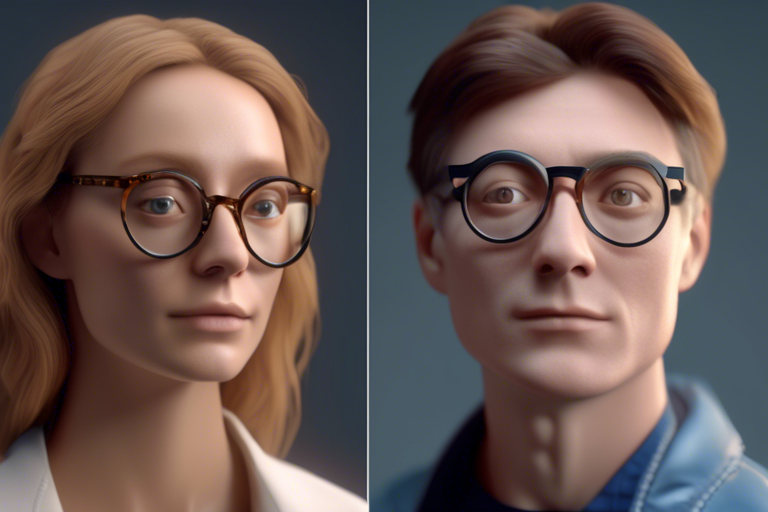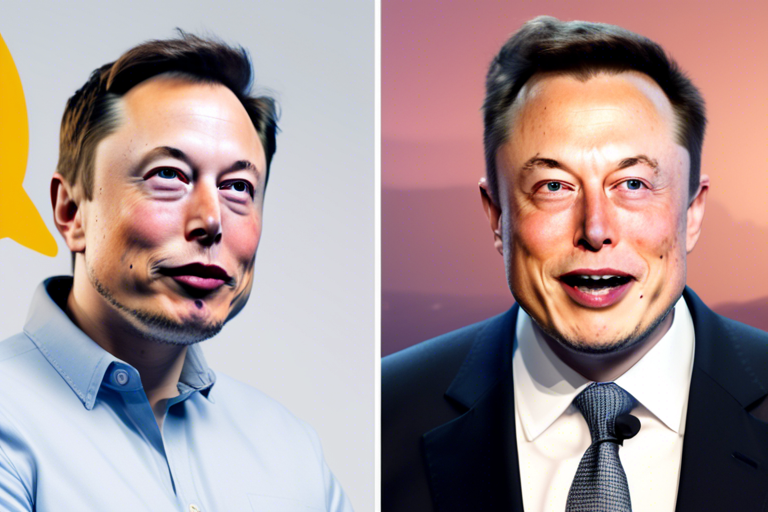Microsoft’s Florence-2: Revolutionizing Computer Vision with Large Vision Models
Microsoft’s Florence-2 is a groundbreaking image model that revolutionizes the field of computer vision by leveraging large language models (LLMs) to perform a wide range of tasks. This advanced model, inspired by LLM advancements, represents a significant leap in the development of large vision models (LVMs). Florence-2, as reported by AssemblyAI, is capable of executing almost every common task in computer vision, marking a pivotal moment in the evolution of vision models.
The Versatility of Florence-2
Florence-2 is specifically designed to handle various image-language tasks, delivering outputs at different levels such as image-level, region-level, and pixel-level outputs. Some of the tasks it can seamlessly perform include captioning, optical character recognition (OCR), object detection, region detection, region segmentation, and vocabulary segmentation. This versatility is achieved without the need for any architectural modifications, providing a user-friendly experience.
Key Challenges in Developing Large Vision Models
Developing large vision models like Florence-2 comes with its set of challenges, with one of the primary issues being the need to operate at varying levels of semantic and spatial resolution. To address this challenge, Florence-2 utilizes a unified architecture coupled with a diverse dataset, following the successful LLM research playbook. This approach enables Florence-2 to acquire general representations that prove valuable across a spectrum of tasks, establishing it as a foundational model in the realm of computer vision.
Florence-2’s Architecture and Dataset
Florence-2 adopts a classic seq2seq transformer architecture, where both visual and textual inputs are converted into embeddings and fed into the transformer encoder-decoder. The model is trained using the FLD-5B dataset, which boasts 5.4 billion annotations on 126 million images. This extensive dataset comprises text annotations, text-region annotations, and text-phrase-region annotations, facilitating learning at different levels of granularity.
Training Approach and Performance
The training process of Florence-2 involves standard language modeling with cross-entropy loss. By utilizing a singular network architecture, a diverse dataset, and a unified pre-training framework, the model achieves remarkable performance levels. The inclusion of location tokens in the tokenizer’s vocabulary allows Florence-2 to process region-specific information in a unified learning format, eliminating the necessity for task-specific heads for distinct tasks.
Utilizing Florence-2
Embarking on your journey with Florence-2 is straightforward, with resources like the Florence-2 inference Colab and GitHub repository offering valuable guidance and code snippets. Users can undertake various tasks such as captioning, OCR, object detection, segmentation, region description, and phrase grounding by adhering to the provided instructions.
Future Outlook for Florence-2
Florence-2 signifies a significant advancement in LVM development, showcasing robust zero-shot performance and achieving state-of-the-art results upon fine-tuning. However, continued efforts are essential in creating an LVM capable of executing novel tasks through in-context learning, akin to LLMs. Researchers and developers are encouraged to explore Florence-2 and actively contribute to its ongoing enhancement.
Stay Informed
If you are keen on delving deeper into the realm of LVMs and other AI advancements, make sure to subscribe to AssemblyAI’s newsletter and explore their other resources on AI progress.
Hot Take: The Future of Computer Vision is Here!
Embrace the technological marvel that is Microsoft’s Florence-2, as it paves the way for cutting-edge innovations in computer vision. Dive into the world of large vision models and witness the incredible possibilities that Florence-2 brings to the table. Stay informed, stay engaged, and be a part of the evolution towards a more advanced, intelligent future in computer vision!





 By
By
 By
By
 By
By
 By
By
 By
By
 By
By